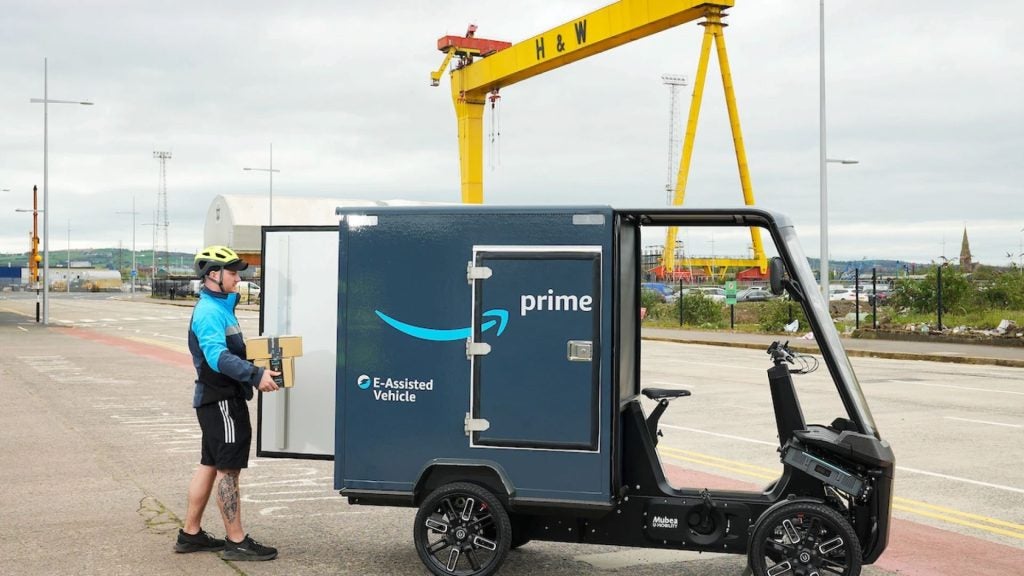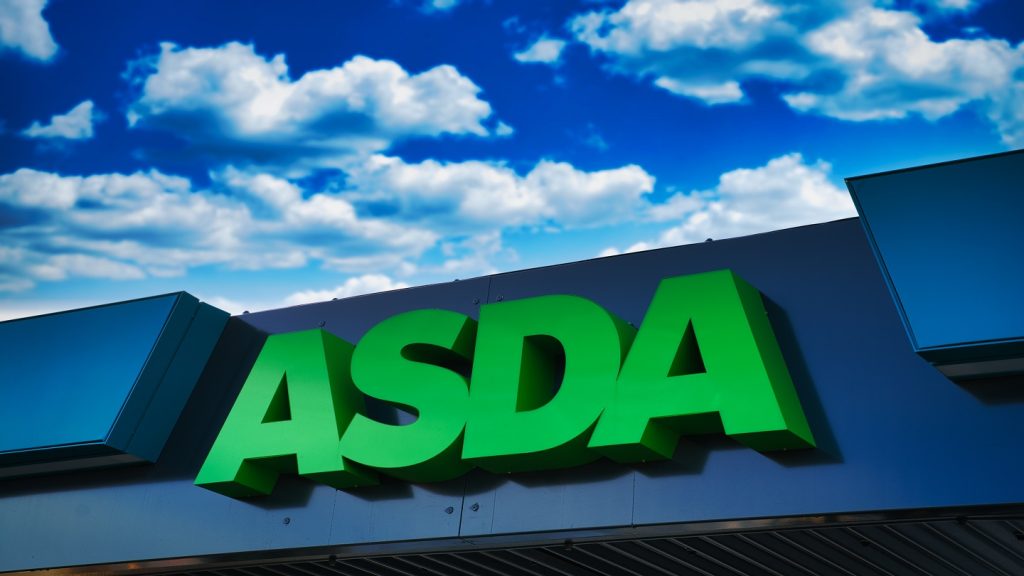Amazon is revamping its delivery network in the UK with a focus on sustainability.
The company is implementing a network of 'micromobility hubs' in major cities to reduce its reliance on traditional delivery vans and their associated carbon footprint.
Micromobility hubs are essentially sorting centres located within urban areas.
Packages are delivered to these hubs from nearby fulfilment centres and then transported for the final leg of their journey using electric cargo bikes or even on foot by couriers.
This approach keeps delivery vans off congested city centre roads, leading to cleaner air and reduced traffic.
The initiative is already underway in London, Manchester, Glasgow (Scotland), and Belfast (Northern Ireland).
Millions of deliveries are being made annually from these hubs, contributing to Amazon's goal of achieving net-zero carbon emissions by 2040.
A €1bn ($1.09bn) investment across Europe, with £300m dedicated to the UK alone, is fuelling this transformation.
This investment aims to not only expand the micromobility network but also encourage further innovation in the logistics sector.
A key factor is the development of robust public charging infrastructure for electric vehicles, which is crucial for the wider adoption of sustainable transportation solutions.
Amazon's commitment to clean transportation goes beyond its micromobility hubs.
The company says it already has nearly 1,000 electric delivery vans operating in the UK alongside nine electric heavy goods vehicles.
Looking ahead, Amazon plans to have a global fleet of 100,000 electric delivery vehicles by 2030.
This transition is expected to significantly reduce the company's carbon footprint, saving millions of tonnes of emissions annually.
By embracing innovative solutions such as micromobility hubs and electric vehicles, Amazon is demonstrating its commitment to building a more sustainable future for its UK operations and the logistics industry as a whole.















